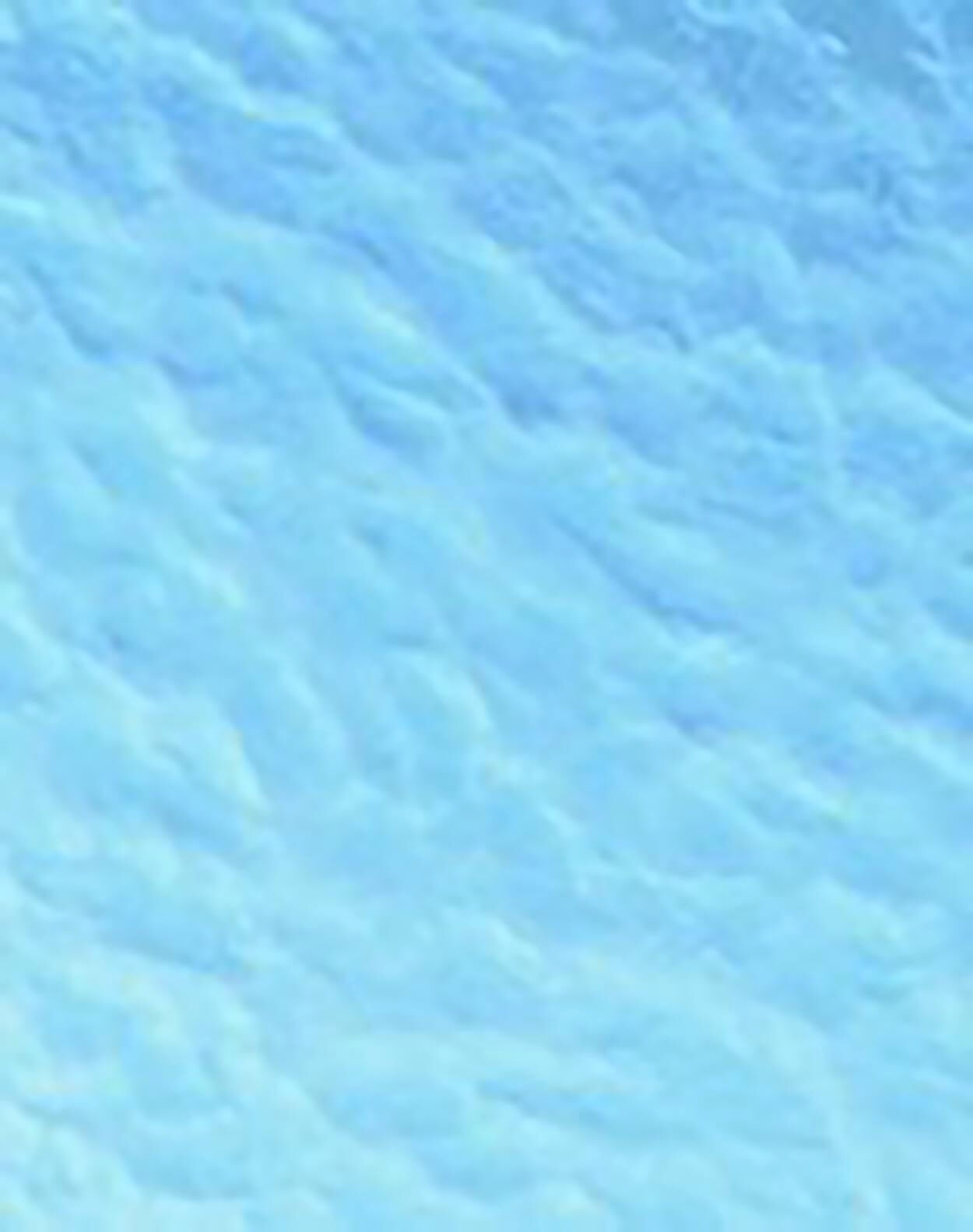
Hands and Feet Phototherapy
What Is Phototherapy for the Hand and Foot?
Phototherapy is used to treat various skin conditions that affect the hands and feet, such as eczema/dermatitis, psoriasis, mycosis fungoides or vitiligo. This treatment can effectively control or improve the disease to the extent that it can be managed with topical medications at home or that it requires no active treatment at all. The remission length varies between patients — some may need to return within a few months, while others do not need to return for a year or more.
How Is Phototherapy for the Hand and Foot Done?
The treatment is delivered through a desktop device. You will sit down in front of the machine with your hands and/or feet exposed to the UVB (or sometimes UVA) lamps.
How Often Will I Need Phototherapy for the Hand and Foot?
The treatment is given three times per week. For phototherapy to be most effective, it is important that you do your best to attend all of these treatments. Missing one here and there is ok. However, missing treatments increases the risk of burning, as your skin is no longer used to the treatment. Under these circumstances, we usually reduce the treatment time and slowly build it back up again. This also applies to treatments missed due to holidays.
How Much Does Phototherapy Treatment Cost?
The government pays for the treatment through the Medicare system, so you do not need to pay out of pocket.
What Are the Risks Associated With Phototherapy for the Hand and Foot?
The main possible side effects of this treatment are:
1. Dryness of the skin
After treatment, it is good to apply a moisturising cream or ointment to your skin. Your doctor may prescribe other creams or ointments to apply to your skin in addition to your hand/foot phototherapy treatment. Please apply these after your treatment (if in the morning) and again at night. Follow the same regime consistently, as changes in application times may make your skin prone to sunburn.
2. Burning of the skin
Our staff adjusts treatment times according to your skin type (based on how easily you tan or burn). This usually prevents bad burns, which can blister. Still, your skin may be a little sore after some treatments. If you get a burn (pain and redness the evening of or day after treatment), make sure you tell the staff before your next treatment. You may need to miss a few treatments or we may need to reduce your treatment times.
3. Browning of the skin (suntan)
When Do I Stop Treatment?
Regular checks every eight weeks by the doctor are required to monitor your progress. The treatment will be stopped when your skin clears or shows significant improvement. For psoriasis or eczema, it is common for the rash to return after treatment ends. This recurrence can often be controlled with appropriate creams or ointments.
If you believe you have a hand or foot condition that would benefit from phototherapy treatment, please contact Northside Dermatology on 03 8582 8688 to schedule an evaluation.
Send us a message
Contact Us
Hours of Operation
Monday - Friday, 9am-5pm
Phone Number
Fax Number
Emails
Medical Enquiries:
reception@northsidedermatology.com.auLaser & Cosmetic Enquiries:
cosmetic@northsidedermatology.com.au